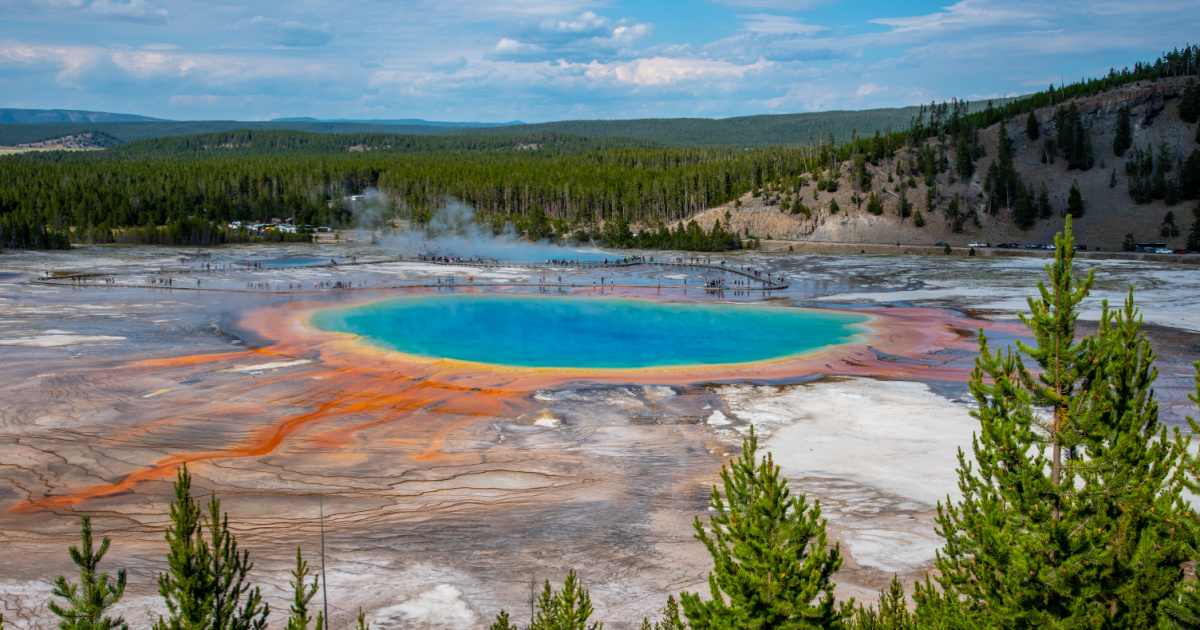
Of all of the natural disasters that are facing people in North America – and the world – the eruption of a supervolcano is one that will give most people pause.
And if you’re talking about Yellowstone’s supervolcano, it’s extra terrifying because it’s unlikely that most of America will survive it.
But is it really overdue? Is it’s eruption inevitable?
Let’s find out what the experts have to say.
The Yellowstone Caldera is one of the world’s largest active volcano systems, and although scientists don’t believe it’s “overdue” for an eruption, the fact is that volcanic activity is historically almost impossible to forecast.
The Yellowstone Caldera is a 43-by-28-mile crater located in northwestern Wyoming. It’s filled with geyser basins, hot springs, and other telltale signs of hydrothermal activity.
Underneath it are two huge magma chambers just waiting to erupt.
According to the US Geological Survey (USGS), the caldera has erupted three times in the past 2.1 million years.
One was 2.08 million years ago, another was 1.38 million years ago, and the latest was 631,000 years ago.
Based on these events, the recurrence interval is between 600,000-800,000 years, the average being 725,000 years between eruptions.
You might assume that means we’re in the “any time now” window, but the truth is that volcanic eruptions do not work on a set timeline.
In addition, some geologists don’t think the supervolcano has enough molten magma in its chambers to deliver another disastrous eruption.
It’s also possible that if it does erupt, it will be a minot burst incapable of destroying all of North America and causing a mass starvation event worldwide.
Anything could change, though. Surrounding geological layers could shift or a fresh injection of magma could arrive from the depths.
If a major eruption did take place, experts estimate that around 90,000 people would perish instantly. Much of Montana, Idaho, and Wyoming would be covered in pyroclastic flows of hot gas and volcanic matter.
Volcanic ash would cover the Western half of North America, up to a foot deep in some places. Models suggest that places within 50 miles of the vent would be buried under 10 feet of ash within a few days.
Places as far as Salt Lake City could be under over 3 feet of ash, and pretty much all of the United States would see at least a dusting of 1-3 inches.
The problem with all that ash is that it blocks out the sun, causing temperatures to drop and sunlight levels would drop dramatically. This would lead to a collapse of the world ecosystem, food shortages, and famine.
Around 74,000 years ago a volcano in present-day Lake Toba, Indonesia, experienced a supereruption that reduced the human population to less than 10,000 people.
The impact today would be grim, but it’s probably not going to happen in for another hundred thousand years.
Probably.
You really never know.
Thought that was fascinating? Here’s another story you might like: Why You’ll Never See A Great White Shark In An Aquarium